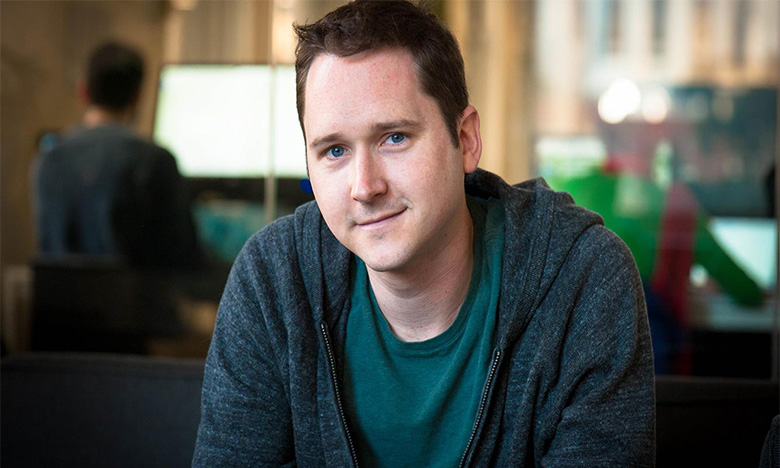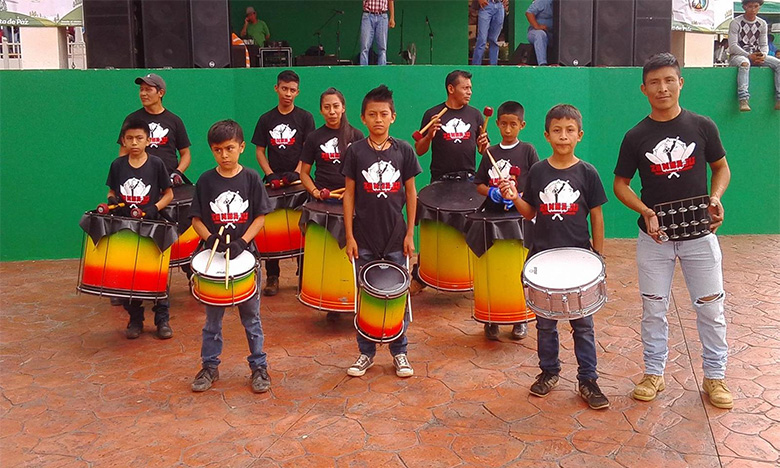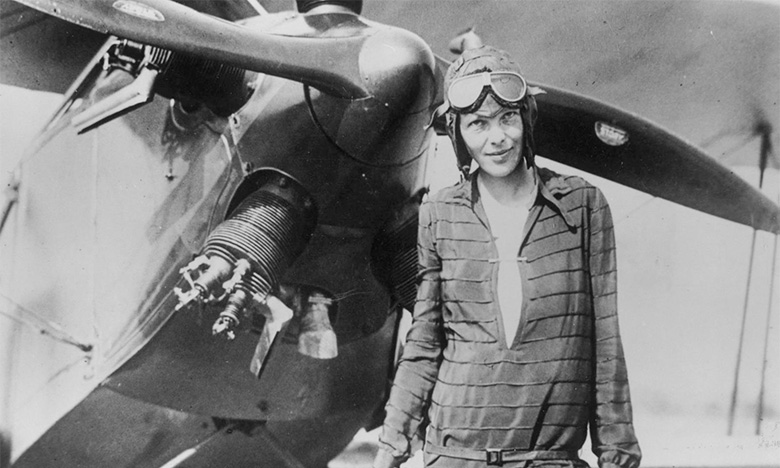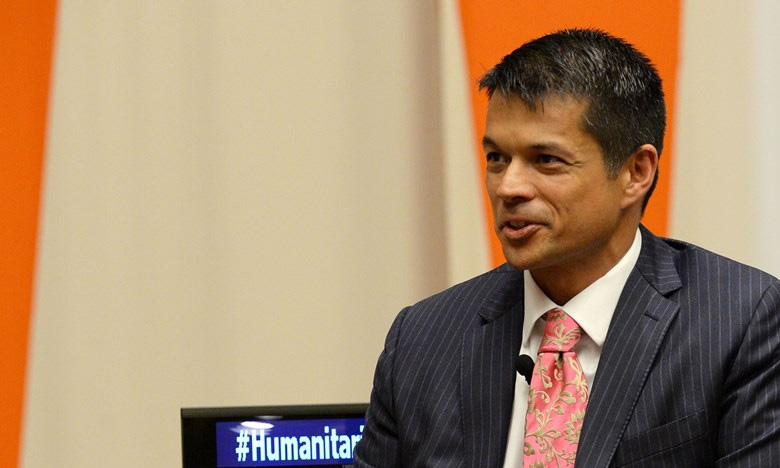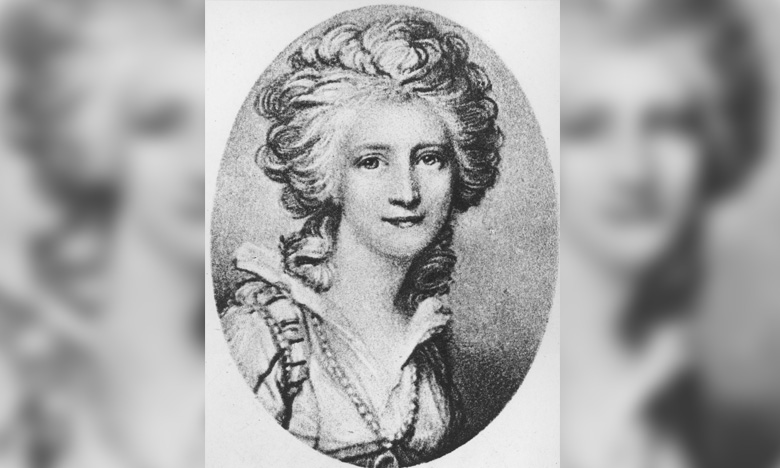What ingredients does a financial technology startup need to make it big? How about an eight-year veteran from the world’s largest hedge fund as CEO, a former colleague turned serial Silicon Valley entrepreneur as CTO and a Harvard- and Stern-educated expert in the company’s chosen niche — ethical investment — as CSO? Add an intensive three-month program at the world-leading startup incubator, Y Combinator, and you might be onto a winner.
CAN THIS MUSIC BE A FORCE FOR GOOD?
At 4 a.m. on a summer morning in San Salvador, teenage boys and girls lugging a strange assortment of drums gather under the haze of street lights. After exchanging greetings, they pack the instruments in two cars and head out of town. For the next four hours, some of the teens sleep, while others can’t stop chatting. When they finally reach the village of El Junquillo in Morazán, a department in eastern El Salvador, they set up the drums and get ready to play the infectiously rhythmic music known as batucada — a turbocharged African-Brazilian offshoot of the samba.
THE HIDDEN TREASURE OF WINE COUNTRY: CRAFT SPIRITS
Swirling a glass of pinot noir against a backdrop of lush Sonoma vineyards … the California dream, right? Sure, wine is pretty damn fabulous, but sometimes, perhaps, you’d rather be sipping on fine spirits. Turns out, you can do that in wine country. According to the Sonoma County Economic Development Board, Sonoma County has experienced a surge of new craft distilleries within the past several years — reaching 13 by 2015. Not all of them are open to the public, but here are a few to whet your whistle.
AMELIA EARHART, THE FLYING LEGEND WHO SOLD TOMATO JUICE
Eighty years ago, on June 1, 1937, aviation legend Amelia Earhart and her navigator, Fred Noonan, set out in a twin-engine Lockheed Electra from Miami to circumnavigate the globe. That fateful journey, which would end one month later when the Electra disappeared over the Pacific, almost never happened. The 40-year-old Earhart’s first attempt to circle the globe had been aborted earlier that year when her aircraft had crashed taking off from Honolulu. But she managed to finagle more money from her sponsors to give it another go, writing at the time that in doing so, she had “more or less mortgaged the future.”
CAN HE HELP THE UN KEEP THE WORLD IN ONE PIECE?
In January 2014, Ken Payumo, head of the United Nations Peacekeeping compound in Bor, South Sudan, a city on the frontlines of an emerging civil war, sat in his cramped shipping container office. The previous week, thousands of people had filtered past the UN’s walls seeking safety, as government forces fought to retake the city from rebel militias. The Sudan People’s Liberation Army succeeded, and a key government official approached Payumo about surveying the camp — accompanied by 80 heavily armed soldiers looking to kill rebel sympathizers.
THE CAPITAL OF AMERICA'S DEADLIEST DRUG PROBLEM
Cars crowd the parking lot outside the Life Enrichment Center in Dayton, Ohio. Inside, a hundred people sprawl around tables, snacking on veggie straws and cookies.
Almost everyone gathered at the Families of Addicts meeting is white, but otherwise it’s a diverse group: toddlers, teenagers, parents; graying and blond, brunette and pink-haired. They speak. Mr. 104-Days-Clean, who does it for his girlfriend.
THE GUTSY SCOTTISH WOMAN WHO CLIMBED AN AFRICAN MOUNTAIN
When Lady Anne Barnard first set eyes on Cape Town’s iconic Table Mountain in July 1797, she was instantly transfixed. A few weeks later, she resolved to go “where no white woman had ever been,” setting off early one morning with a party of European men and slaves to hike to the top. Dressing the part, she wore her husband’s trousers and tied rope around her shoes for traction.
Even today, with modern equipment and a road to the trail, hiking Table Mountain is no dawdle, but Barnard was not one to focus on negatives: “To feel the pure air raising up … gave me a sort of unembodied feeling such as I conceive the Soul to have,” she wrote, according to The Cape Journals of Lady Anne Barnard.

